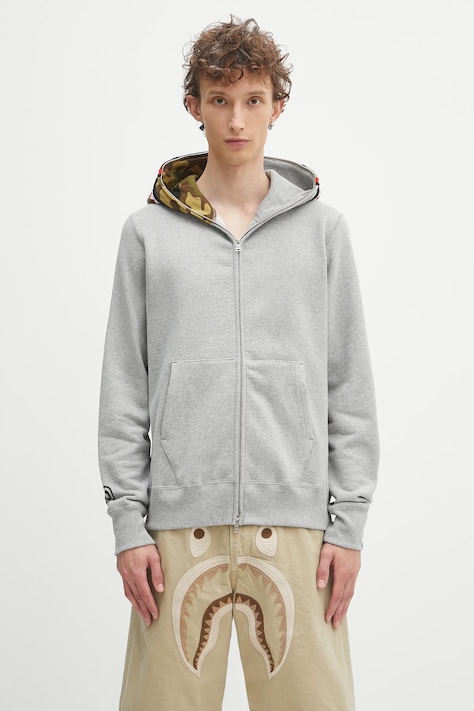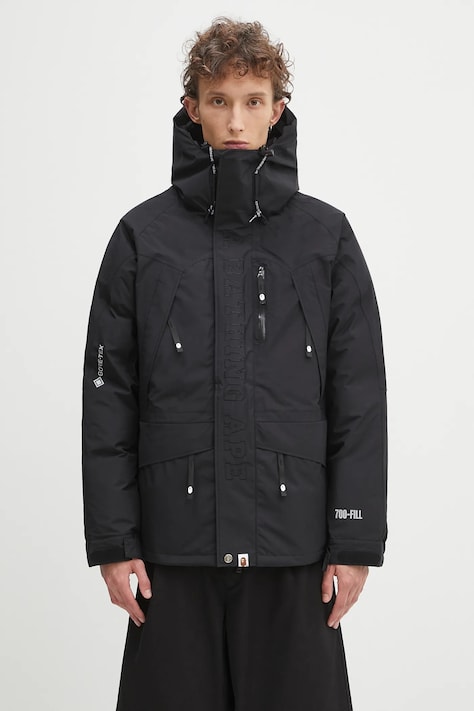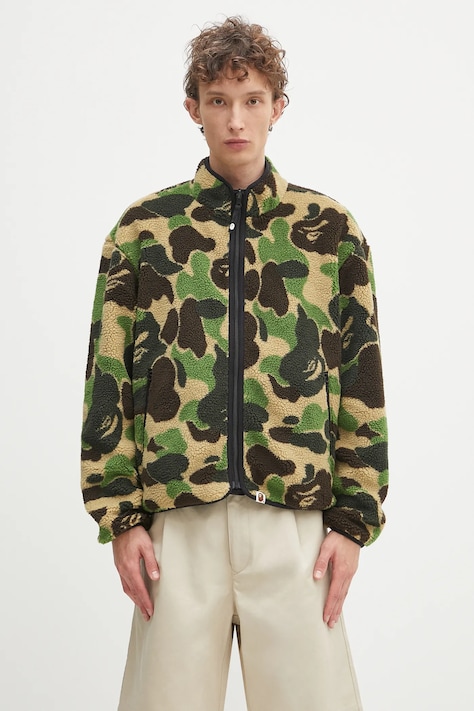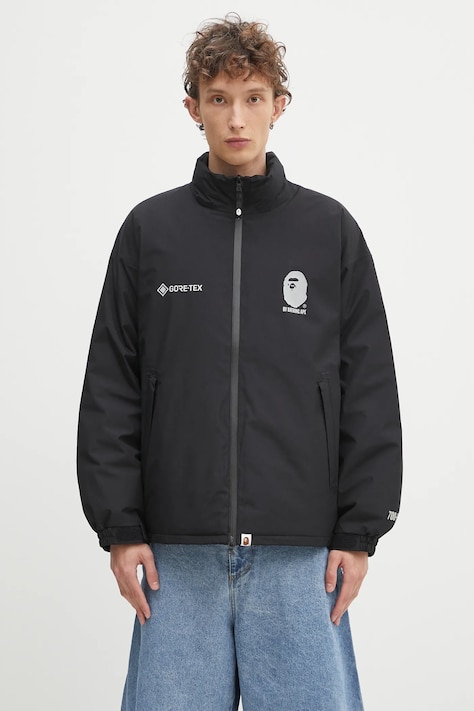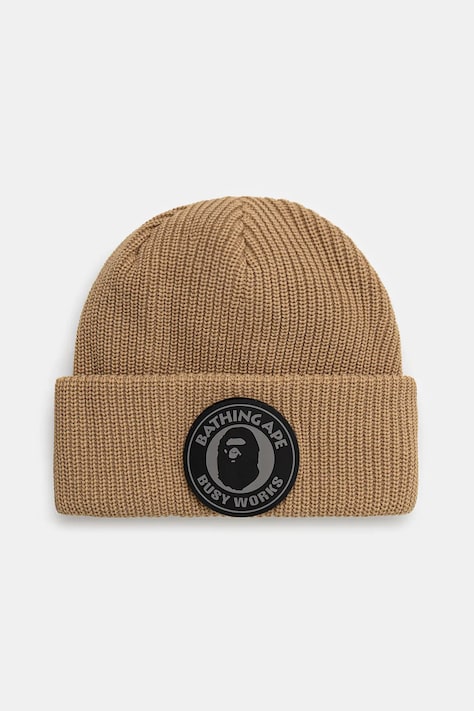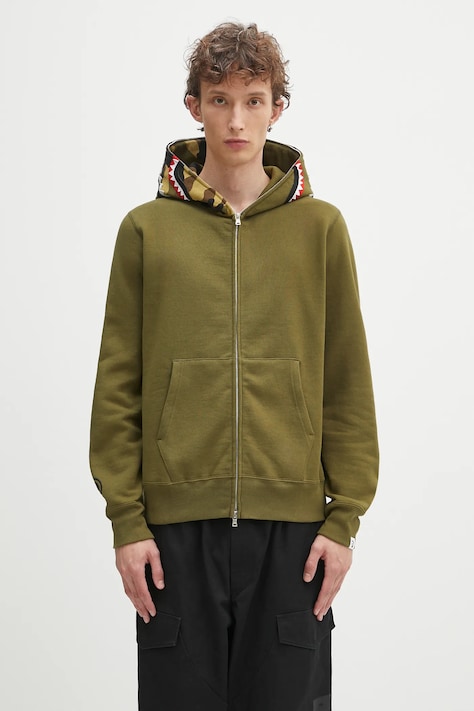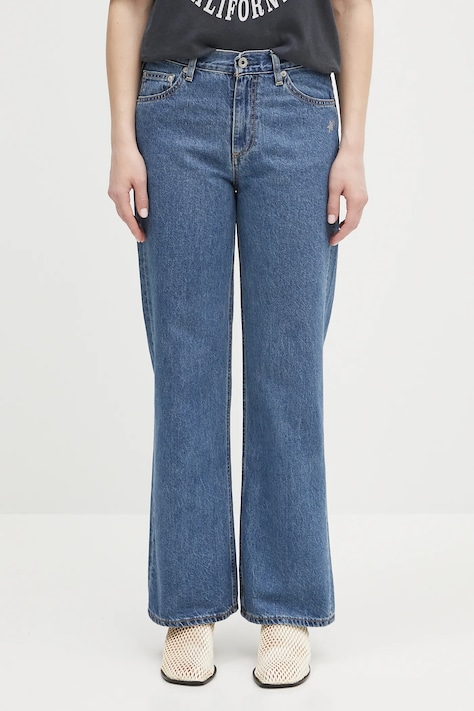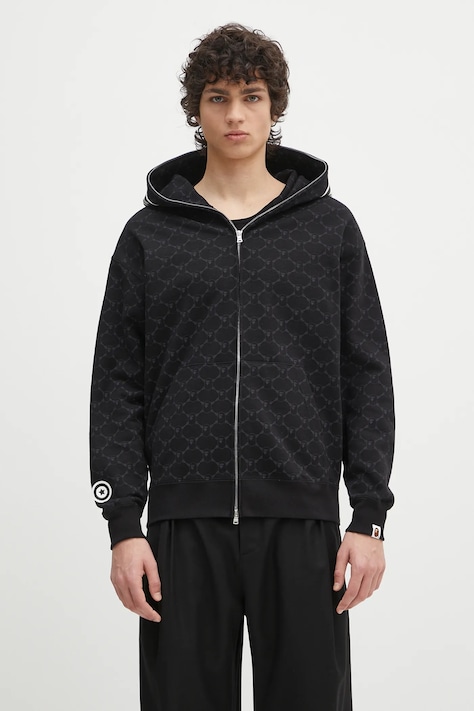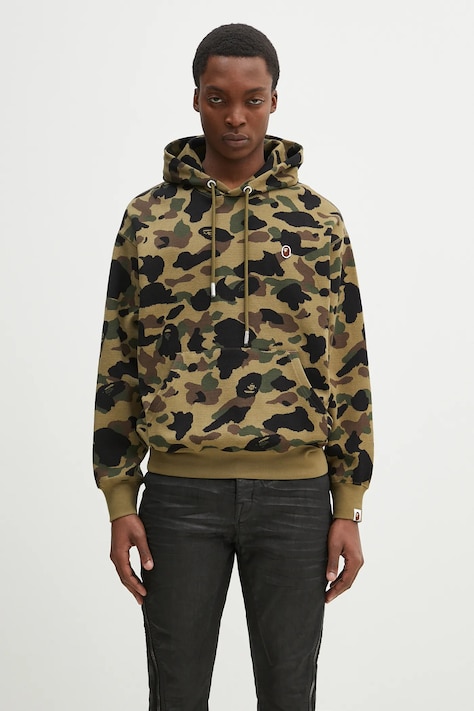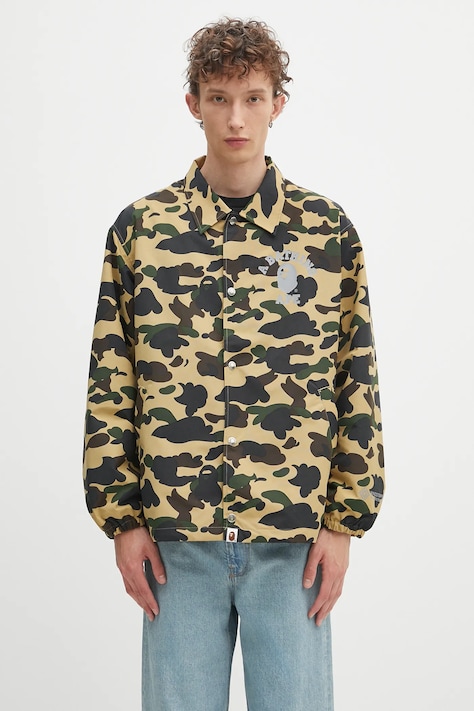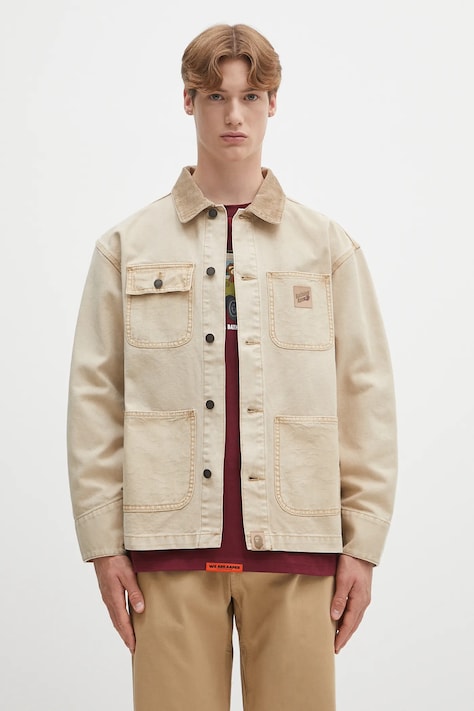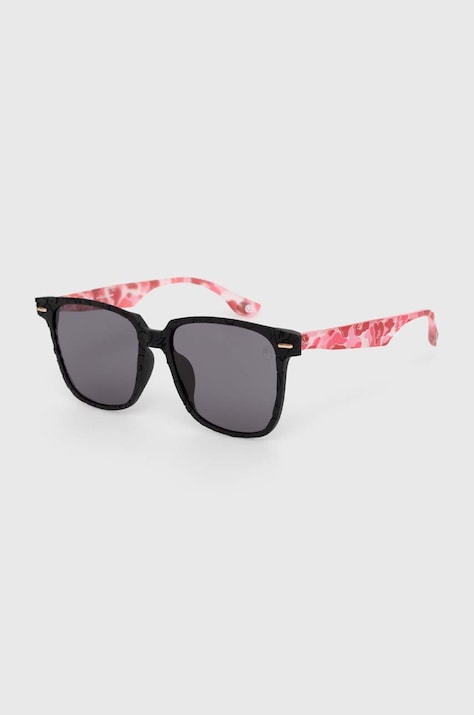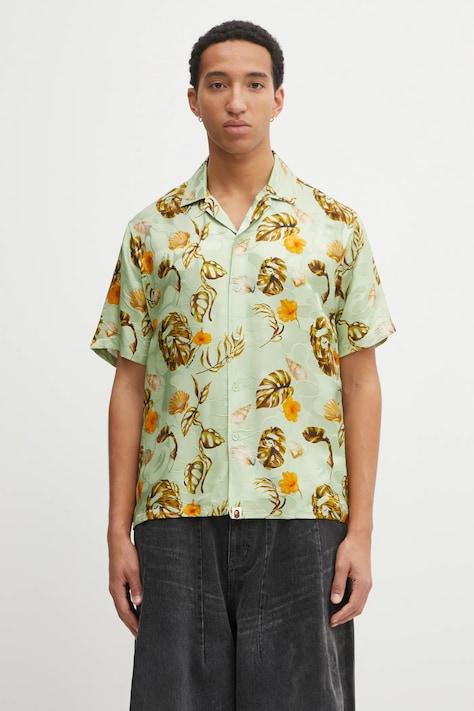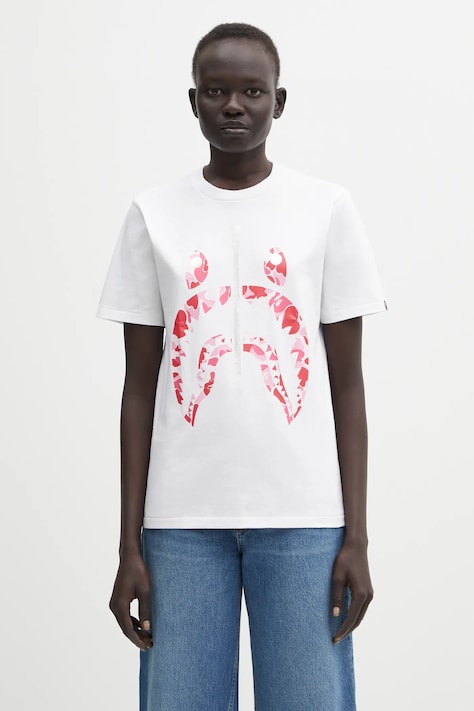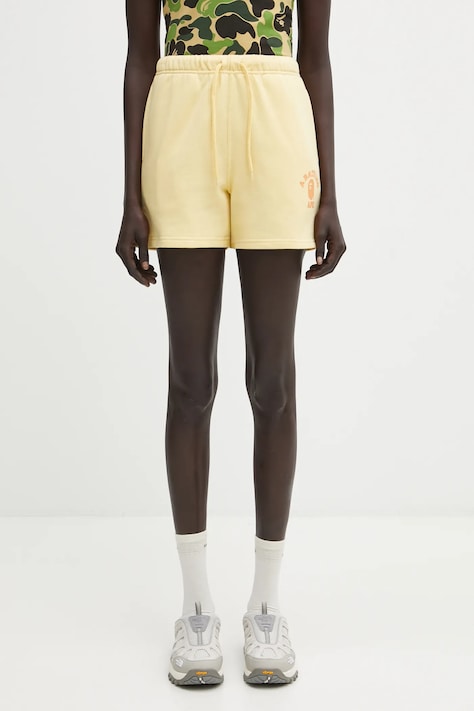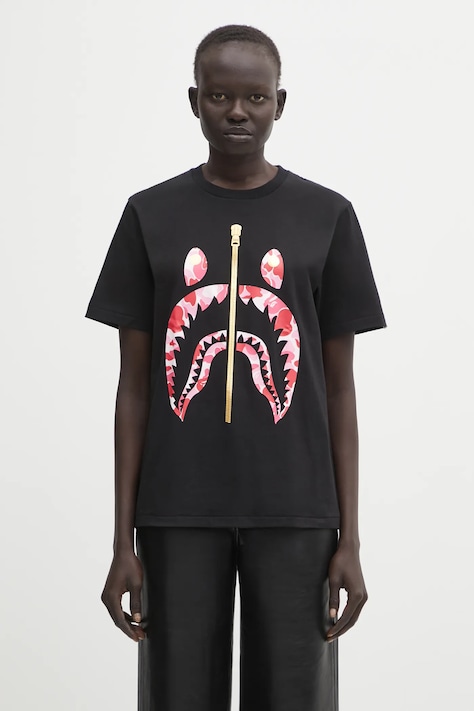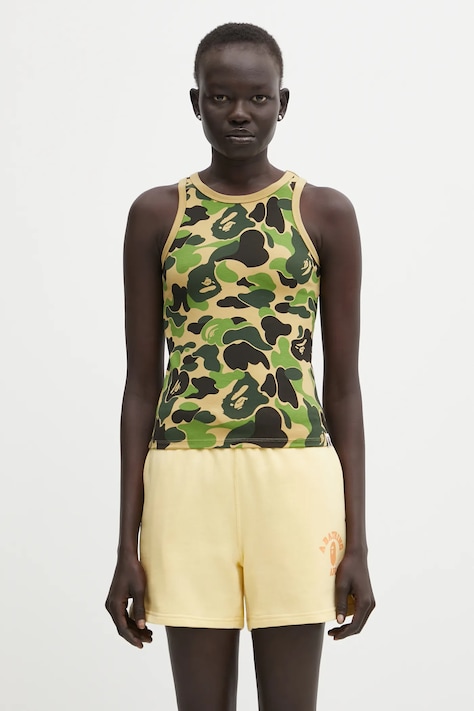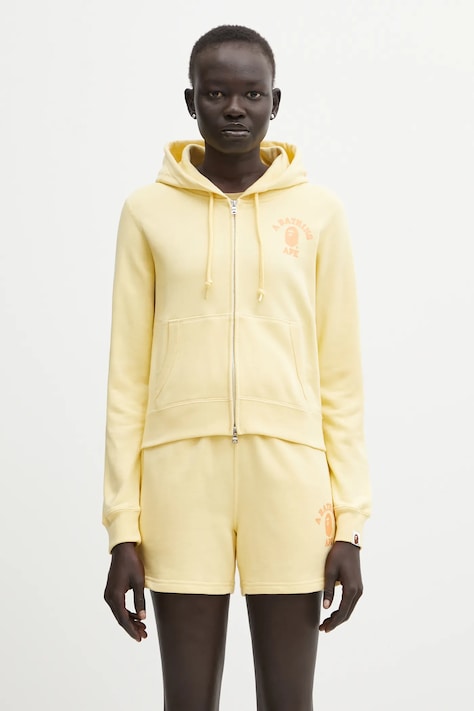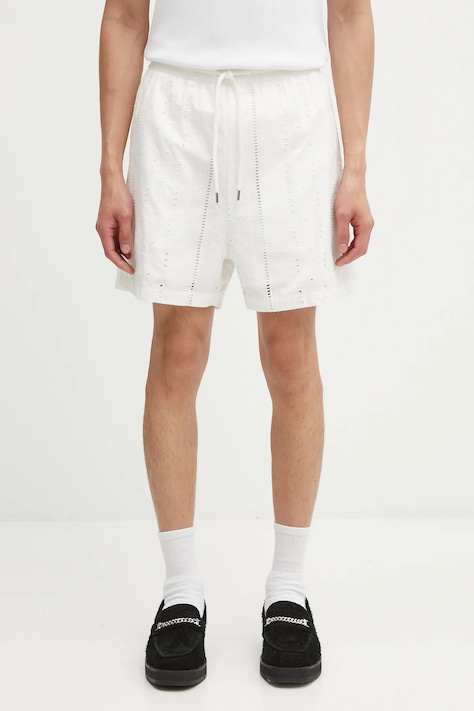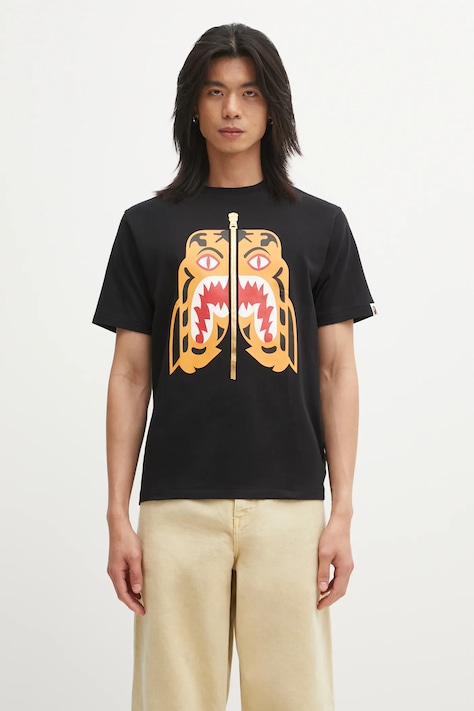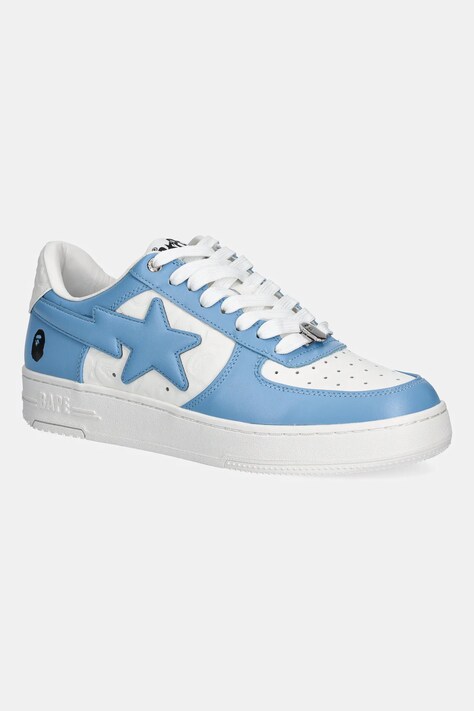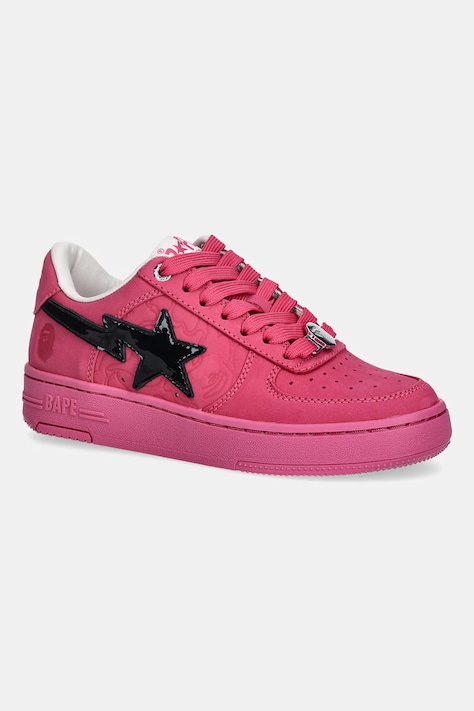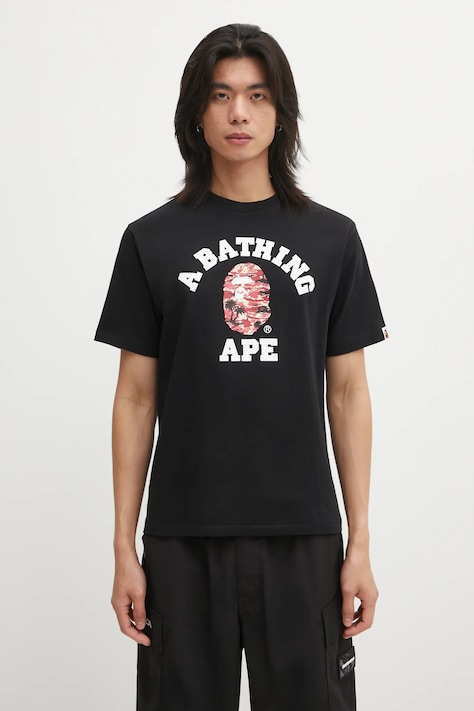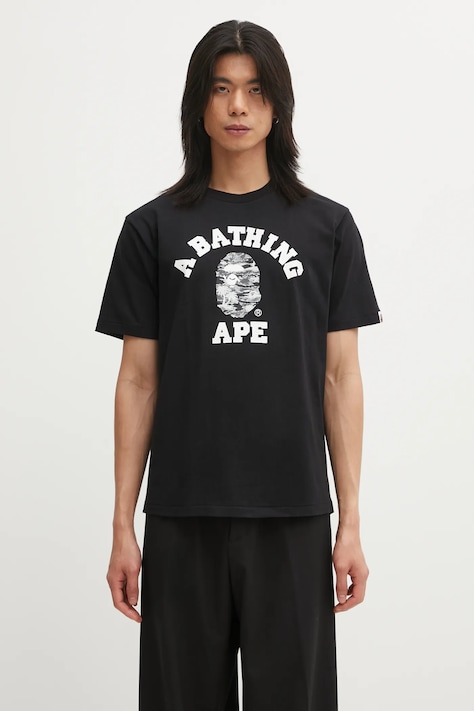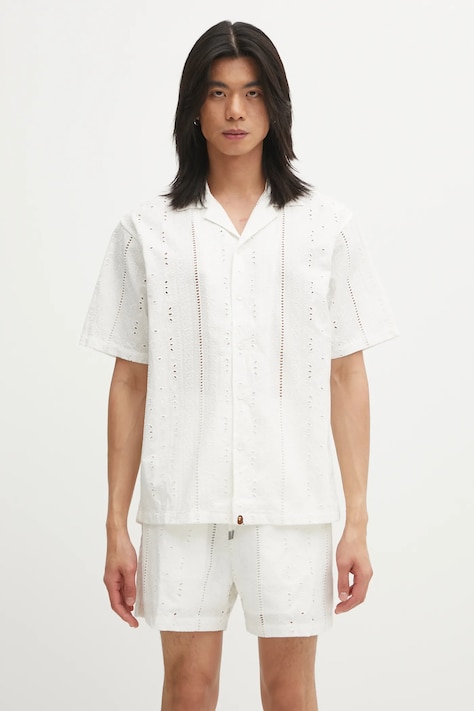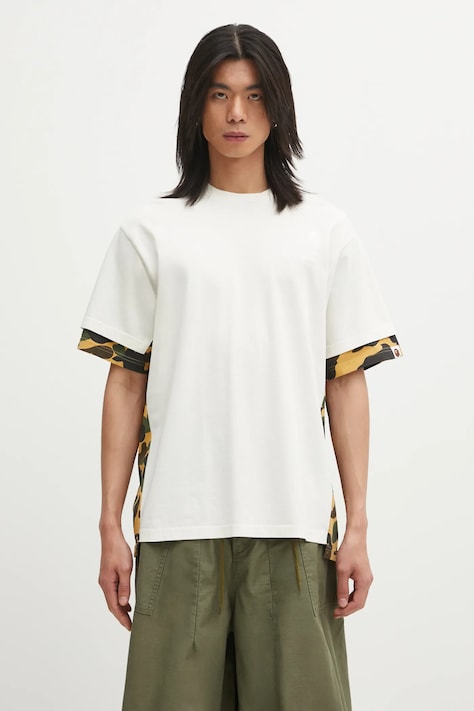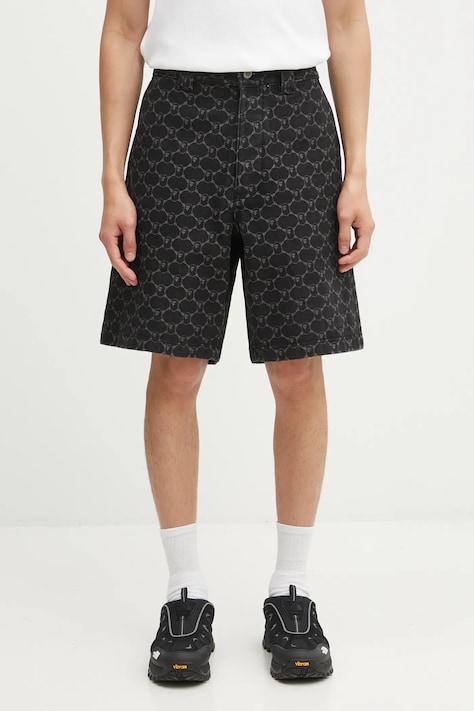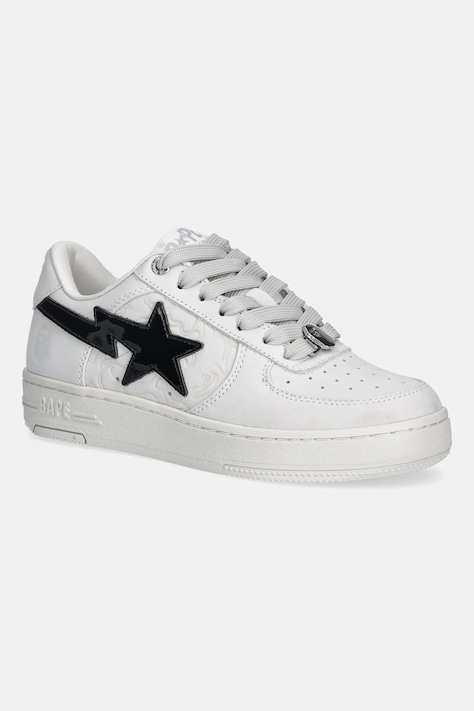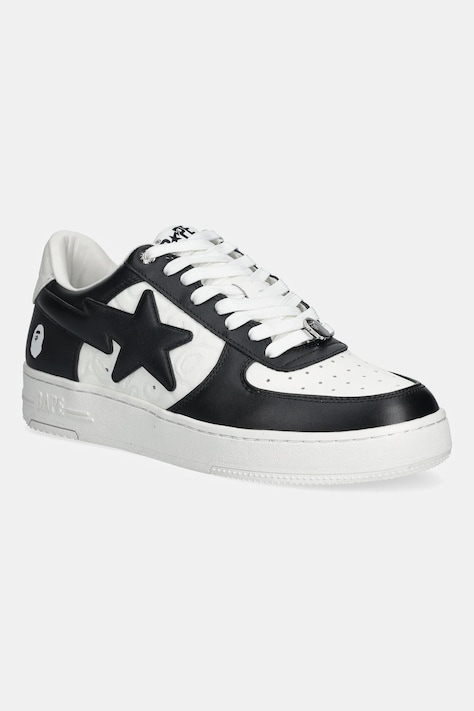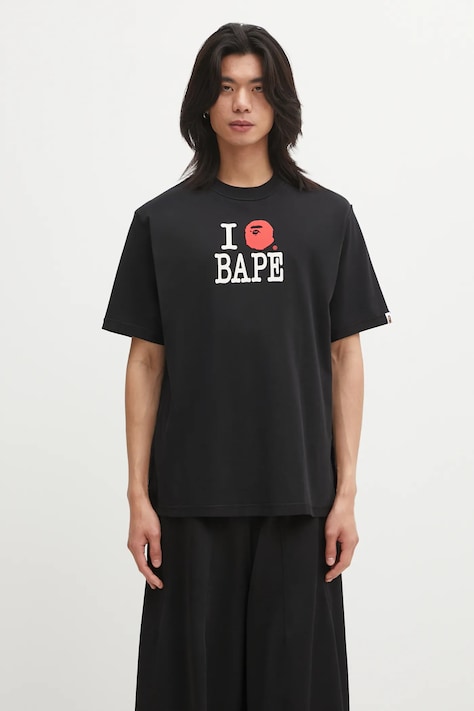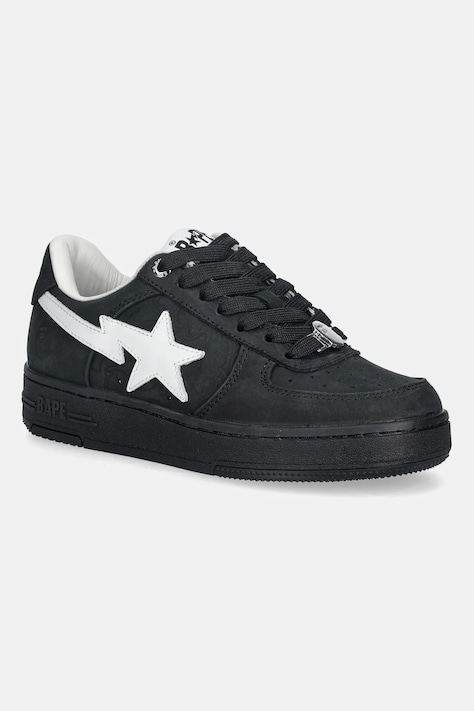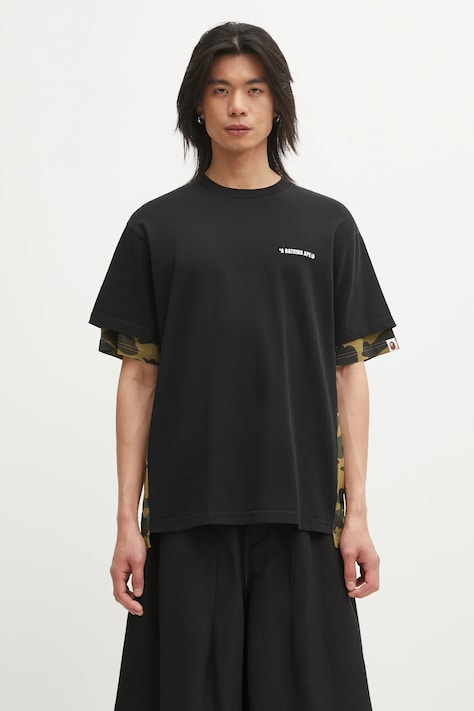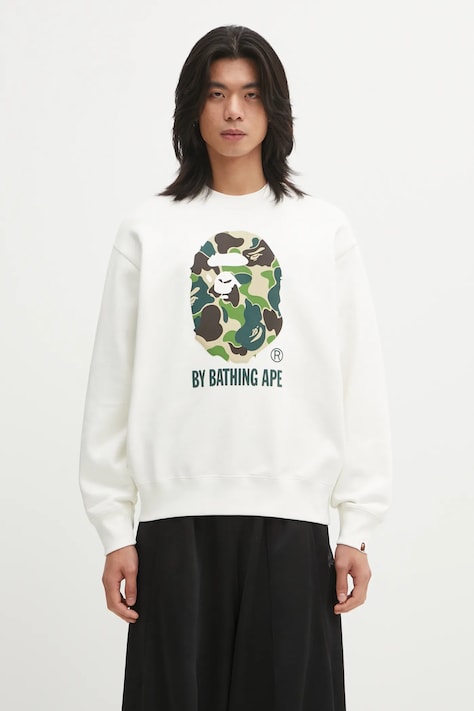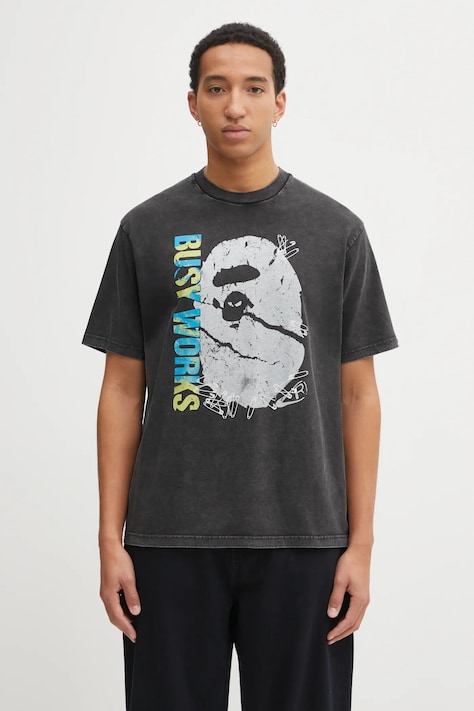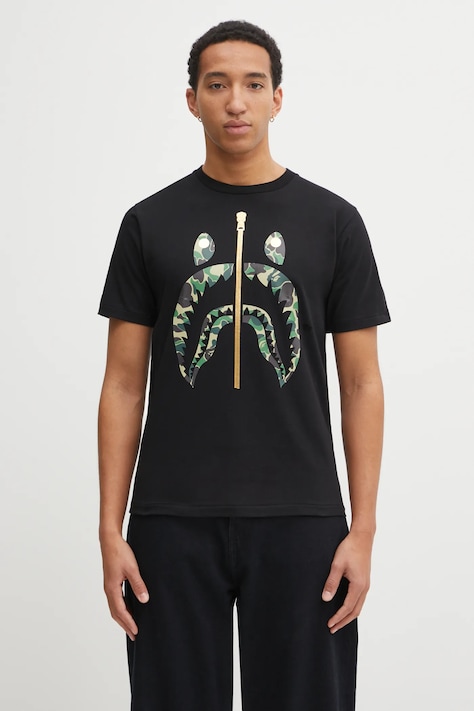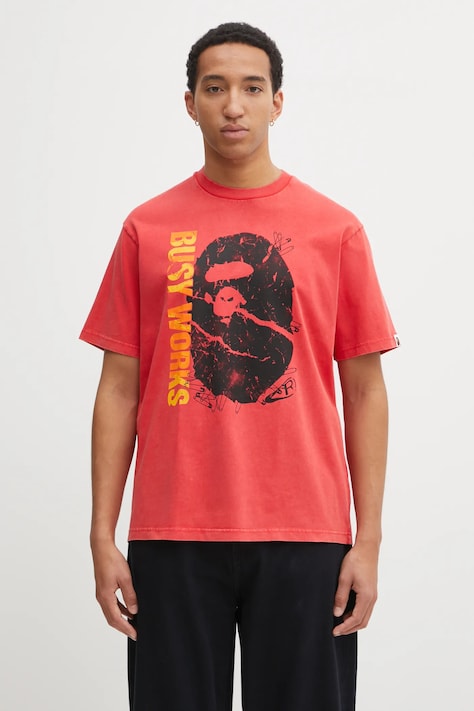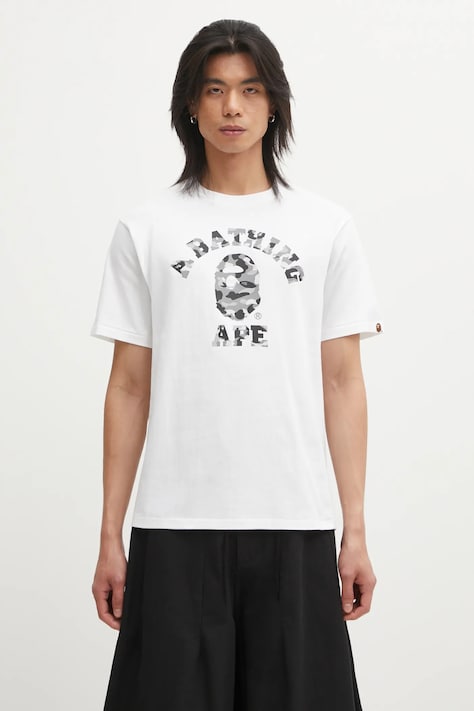A Bathing Ape
Number of products: 219
Known for its laid-back personality and youthful free spirit, BAPE's bright and flamboyant aesthetic and signature shark head and camouflage motifs catapulted the brand into the major shark of the streetwear market. The brand emerged from the underground Ura-Harajuku scene in Japan and slowly built its fame over the years, reaching the States, where it has dressed legends such as Notorious B.I.G.

The Story of Bape
Bape’s history didn’t start just anywhere. In 1993, Nigo, or Tomoaki Nagao, opened a small store in Ura-Harajuku, Tokyo. The place was small but loud in energy. People saw those bright prints and that crazy mix of ideas, a little pop art, a little hip-hop, a lot of Japanese culture. And that was it. Japanese streetwear had a new heartbeat.
The hype was undeniable. Lines of buyers, excited traders, and collectors all chasing after those limited edition drops. Bape's history was being written in real time.
The Logo Everyone Knows
You can’t miss it, the ape head logo. Inspired by Planet of the Apes, it’s part joke, part genius. Nigo wanted something playful that still had meaning. That little face became a global symbol. It’s bold, funny, and also profound in pop culture references. Over time, it turned into more than just a mark, identity, and attitude; it became the Bape brand recognition at its best.
The Famous Camo
Then came the Bape camouflage, known as 1st Camo. It’s not your army camo; it’s more like artwork. You can actually find the Ape Head logo hidden inside the pattern if you look closely. The colors, blue, pink, red, and even purple. Totally flipped what people expected from streetwear patterns. That move alone put Bape fashion innovation on another level.
The Shark Hoodie Era
The Bape Shark Hoodie must be talked about. Released in 2004, it changed everything. Zip it all the way up, and the shark face entirely conceals your head. It looked wild, kind of like the nose art from old fighter planes. Every limited edition release sold out, especially the Bape collaborations. That hoodie still defines iconic streetwear today.
Hip-Hop Took It Global
Bape was a must-have in the 2000s. Pharrell Williams, Kanye West, and many others wore it everywhere: on stage, in videos, and on the red carpet. The Bape hip-hop influence was everywhere. It wasn’t just clothes anymore; it was a sign of style and exclusivity.
Shopping the Bape Way
Walking into a Bape flagship store or PRM store feels like stepping into a gallery. The mirrors, lights, sounds – it’s more than retail. The brand mastered the Bape retail strategy: drop small, make it fast, keep it rare. Online, that same thrill happens too – items vanish in minutes.
The Collections Now
A Bathing Ape is in the process of developing. It even has children's clothes, accessories, shoes, and equipment. Each season, new camo patterns and Ape Head logo twists drop. You’ll still find the classics, the Shark Hoodie, the 1st Camo, but fresh designs keep it alive. That’s the magic of Bape fashion. It never fades; it just changes shape.







